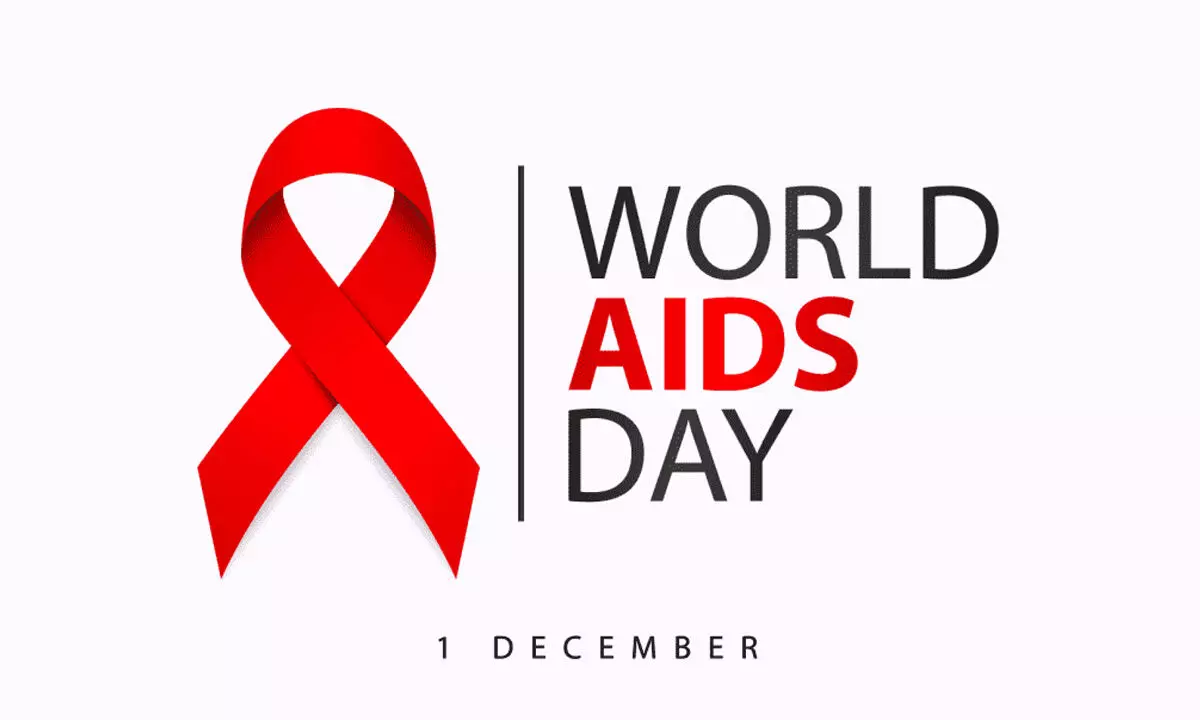World AIDS Day 2023: Understanding the Past, Embracing the Present, and Strategies for a Safer Future

World AIDS Day, marked annually on December 1st, stands as a global effort to shed light on the AIDS pandemic fueled by the HIV infection
World AIDS Day, marked annually on December 1st, stands as a global effort to shed light on the AIDS pandemic fueled by the HIV infection. This day serves as a rallying point for people worldwide to stand in solidarity with those living with HIV, remember those lost to AIDS-related illnesses, and advocate for intensified efforts to prevent new infections.
The roots of World AIDS Day trace back to 1988 when the World Health Organization (WHO) declared it an official global health observance. It emerged as a crucial platform for governments, organizations, and individuals to amplify awareness and take decisive action against the HIV/AIDS epidemic. This groundbreaking day marked the inception of the first-ever Global Health Day, representing a pivotal moment in the ongoing battle against the virus.
The significance of World AIDS Day lies in its capacity to draw attention to the persistent challenges posed by HIV/AIDS and to rally support for associated issues. It offers an avenue for individuals to educate themselves and others about various facets of HIV, including transmission, prevention, testing, treatment, and the stigma faced by those living with the virus.
Through a tapestry of campaigns, events, and community activities, World AIDS Day plays a vital role in dismantling barriers, fostering dialogue, and nurturing understanding. This day also provides an opportunity to focus on education about AIDS and implementing strategies to lower the risk. Read on as we present a list of tips aimed at reducing the risk of AIDS.
10 Tips to Mitigate the Risk of AIDS:
1. Practice safe sex by consistently and correctly using condoms during every sexual encounter.
2. Undergo regular HIV testing, especially if engaged in high-risk behaviors or having multiple partners.
3. Limit the number of sexual partners and choose partners who have also been tested for HIV.
4. Refrain from sharing needles or any other drug paraphernalia to prevent HIV transmission.
5. Consider pre-exposure prophylaxis (PrEP) if at high risk of contracting HIV; PrEP is a daily medication significantly reducing the risk of transmission.
6. If HIV-positive, adhere to antiretroviral therapy (ART) as prescribed to lower viral load and minimize the risk of virus transmission.
7. Stay informed about HIV/AIDS by educating yourself on the latest prevention strategies and treatments.
8. If pregnant and HIV-positive, seek prenatal care and take appropriate medications to prevent transmitting the virus to your baby.
9. Foster open and honest communication with sexual partners about sexual history, HIV status, and prevention strategies.
10. Advocate for initiatives reducing the stigma around HIV/AIDS to enhance awareness and encourage broader prevention efforts.
World AIDS Day stands as a poignant reminder of the millions affected globally. It builds solidarity with those living with HIV, honours the memories of those lost, and supports communities impacted by the disease. This day serves as a rallying call for increased awareness, funding, and action toward ending AIDS as a public health threat by 2030, in alignment with the United Nations' Sustainable Development Goals.



















